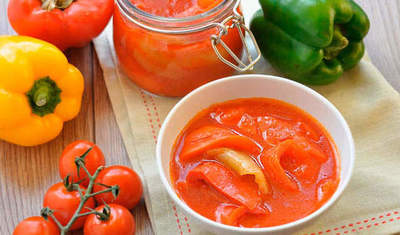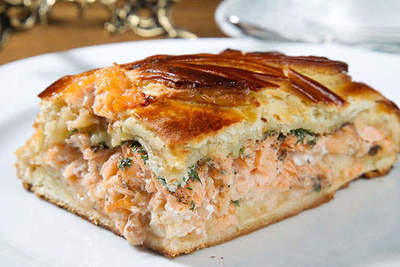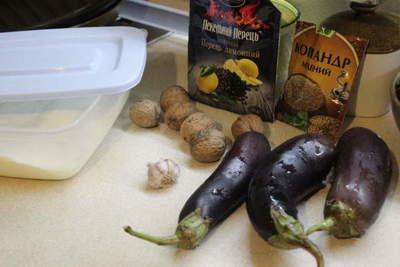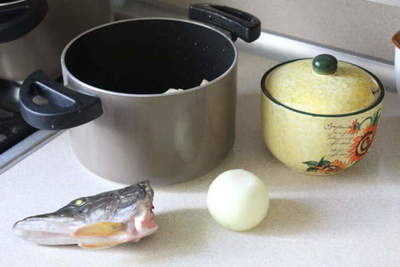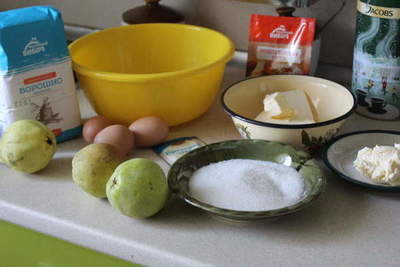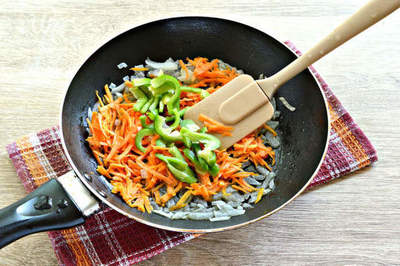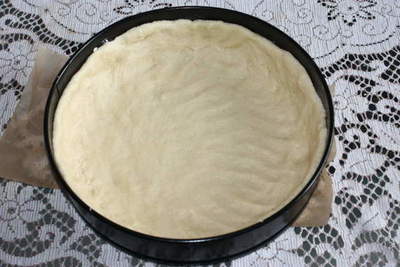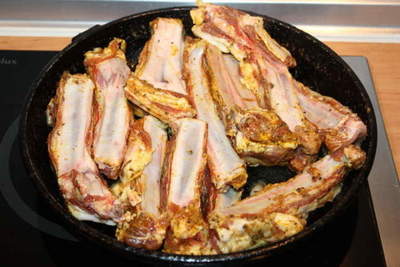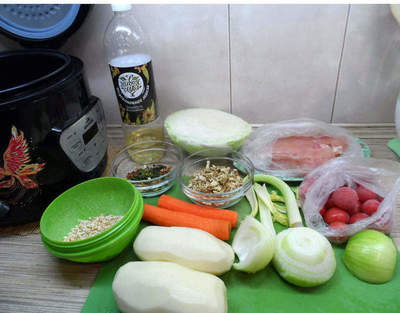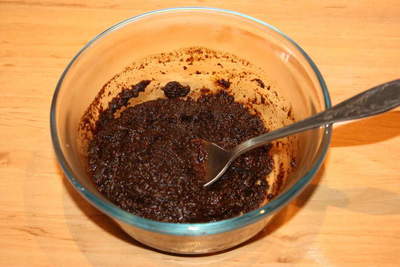New Year in Japanese - video recipes at home
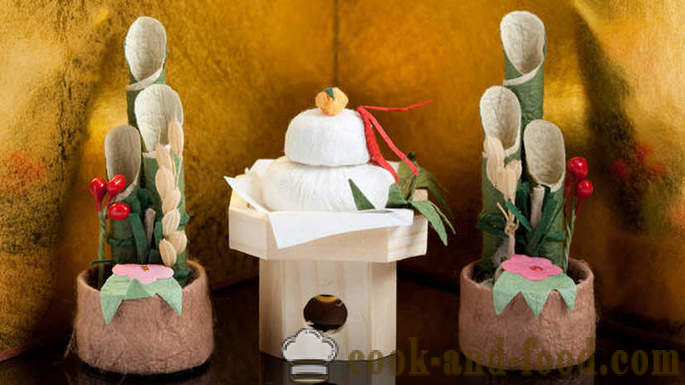
"Golden Week" - the so-called Japanese New Year's holidays. In Japan believe that the New Year's Eve is updated not only the year, but also the soul of man. Therefore, it is important to pay off debts, throw out the trash at home, take a bath and prepare a gala dinner. Celebrate the New Year in Japan from December 31 to January 1, instead of the lunar calendar. At midnight all over Japan are beginning to call the temple bells. It sounds exactly 108 strokes. This ringing the Japanese cleared from the passions and temptations. According to ancient Buddhist tales, a person is exposed to 108 kinds of temptations. And every stroke bells drives away one of these passions. The whole country at this moment is filled with bells - they sound so solemn and beautiful that many Europeans who find themselves in this festive day in Japan, stops the heart. Once bell fall silent Japanese alcoholic beverage drink weak amadzake igromko laughing. Laugh it is necessary, or in the New Year will be a lot of grief! Happy New Year wishes Japanese Santa Claus is not like ours, and Segatsu-san to which means "Mr. New Year." He is dressed in a sky-blue kimono, but presents, in contrast to our Santa, he does not give, only wants happiness and longevity. How to decorate a house in Japan to pradniku? The Japanese, like us, New Year's Eve decorate your home, but instead dressed up Christmas trees they set up in the courtyard of the small gate of bamboo stalks and pine branches, for C egatsu-san. Some people in this composition is added to the fern, seaweed, tangerine, plum blossom branches. Each plant has its magical meaning: pine branches - a symbol of longevity, bamboo - force fern - purity and fertility, algae - happiness, tangerine - prosperity, twig plum - the beauty and durability.
What are the dishes put on a New Year's table?
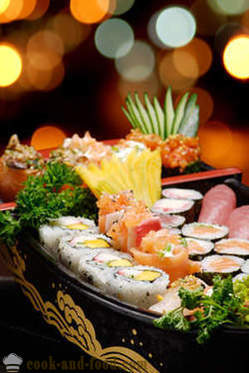 Each dish that the Japanese put on a festive table in the New Year brings a magical sense. Traditional entertainment - long noodles tosikosisoba which represents the well-being and longevity. Yarn made of buckwheat flour is connected not only to the outgoing year with upcoming year, but also bring people together in this beautiful evening. Noodles begin to eat until midnight, until bells. Tosikosisobu garnish with chopped green onions or tempura (deep fried vegetables and seafood). According to ancient tradition, the New Year was celebrated on the mat, with the low table, sitting on the floor. In addition to noodles, Japanese cuisine cooked rice with seaweed, sliced sea bass rolls omelet, shrimp, beans in sauce. Famous throughout the world of sushi and sashimi are also present on the festive table. And for the holiday cook the unusual dish that will eat for three holidays - oseti-ryori. Cook and reheat food in the first days of the new year has always been considered a bad omen. Therefore, in the 794 year resourceful Japanese invented oseti-ryori, is prepared on the last day of the year, only to be inappropriate to the site for three days. Oseti-ryori is easily identifiable by serving: kushanepodaetsya in flat wooden boxes, in which the food does not spoil. The box is usually filled with different food: rice cakes, rolls with eggs, seaweed, eggs, soybeans and fish. However, in recent years oseti-ryori more likely to buy ready-made in supermarkets - it is convenient and saves time, which is always lacking in the New Year's Eve. On the first day of the New Year's sunrise Japanese visit the temple. And the temples visited by all: and those who met on the holiday customs of their ancestors, and those who celebrate it modern. Approaching the holy place, the Japanese throw coins into a large white cloth or wooden boxes, and pull the cord, which are suspended from the iron container with a small weight inside. Then you need to double slap in the palm of your hand to attract the attention of the deity. The Japanese believe that the first prayer in the New Year is sure to be heard.
Each dish that the Japanese put on a festive table in the New Year brings a magical sense. Traditional entertainment - long noodles tosikosisoba which represents the well-being and longevity. Yarn made of buckwheat flour is connected not only to the outgoing year with upcoming year, but also bring people together in this beautiful evening. Noodles begin to eat until midnight, until bells. Tosikosisobu garnish with chopped green onions or tempura (deep fried vegetables and seafood). According to ancient tradition, the New Year was celebrated on the mat, with the low table, sitting on the floor. In addition to noodles, Japanese cuisine cooked rice with seaweed, sliced sea bass rolls omelet, shrimp, beans in sauce. Famous throughout the world of sushi and sashimi are also present on the festive table. And for the holiday cook the unusual dish that will eat for three holidays - oseti-ryori. Cook and reheat food in the first days of the new year has always been considered a bad omen. Therefore, in the 794 year resourceful Japanese invented oseti-ryori, is prepared on the last day of the year, only to be inappropriate to the site for three days. Oseti-ryori is easily identifiable by serving: kushanepodaetsya in flat wooden boxes, in which the food does not spoil. The box is usually filled with different food: rice cakes, rolls with eggs, seaweed, eggs, soybeans and fish. However, in recent years oseti-ryori more likely to buy ready-made in supermarkets - it is convenient and saves time, which is always lacking in the New Year's Eve. On the first day of the New Year's sunrise Japanese visit the temple. And the temples visited by all: and those who met on the holiday customs of their ancestors, and those who celebrate it modern. Approaching the holy place, the Japanese throw coins into a large white cloth or wooden boxes, and pull the cord, which are suspended from the iron container with a small weight inside. Then you need to double slap in the palm of your hand to attract the attention of the deity. The Japanese believe that the first prayer in the New Year is sure to be heard.

RECIPE OF JAPANESE NEW YEAR omelet with shrimp and HAM
A great snack for the New Year table - quickly prepared, and leaves no one indifferent!
It is necessary:
6 eggs
300 g of boiled shrimps
200 g of ham
2 peppers
1 onion
1 tbsp. l. butter
1 tbsp. l. soy sauce
Parsley and dill
Salt and pepper to taste
How to prepare:
1. Onions finely chop. Bell pepper cut into strips.
2. Ham cut into strips, fried in butter in a frying pan along with shrimp, onions and peppers. Cook over low heat for 10 minutes.
3. Pour eggs, whipped with salt and pepper, cook at low heat under the lid closed for 3-5 minutes. Ready omelet cut into small pieces and garnish with greens.































